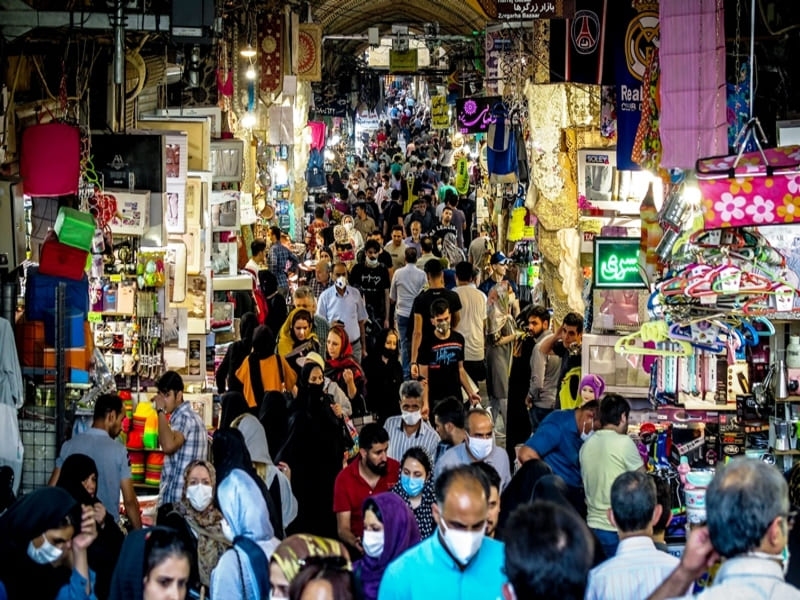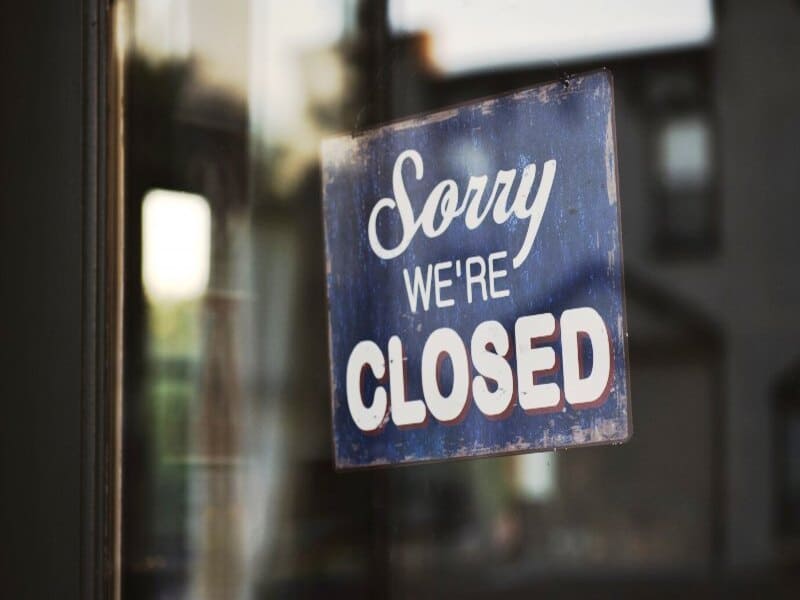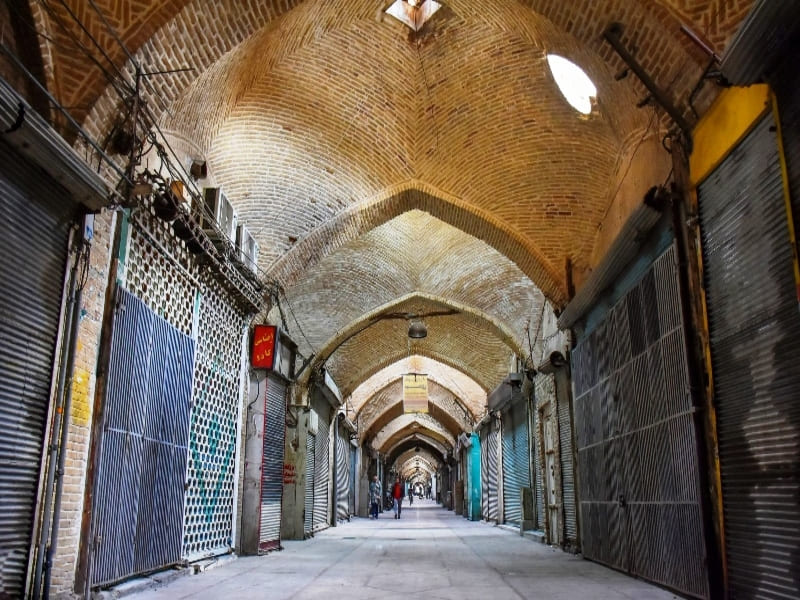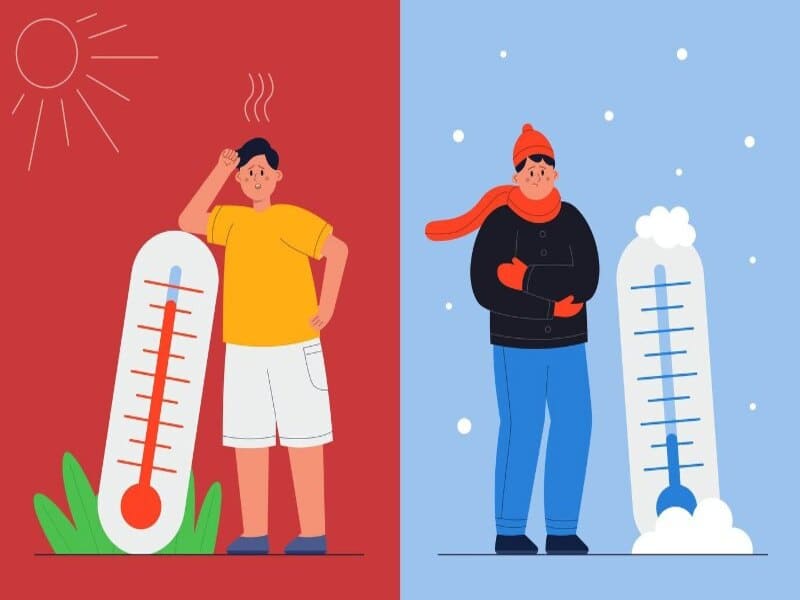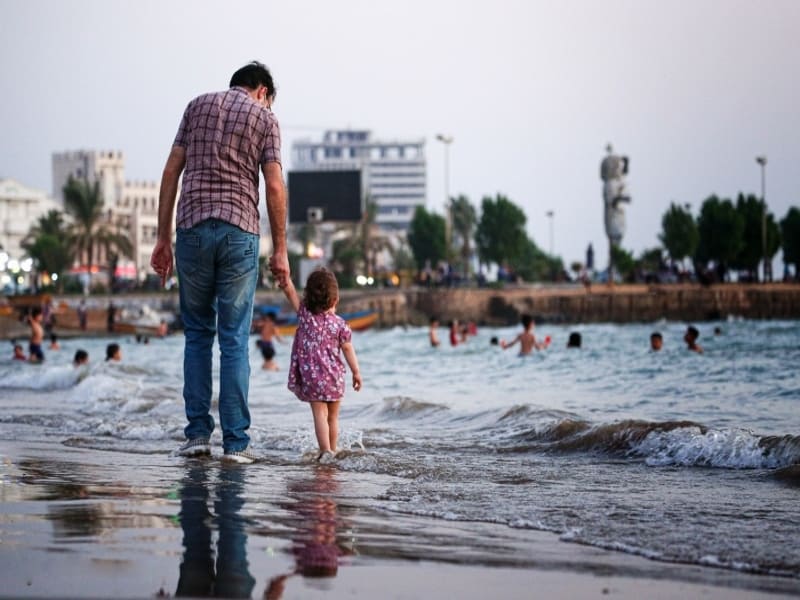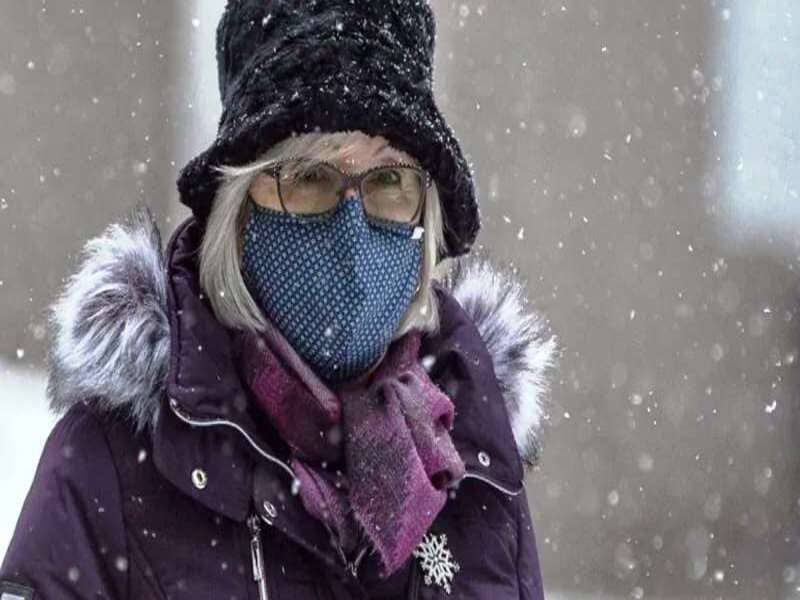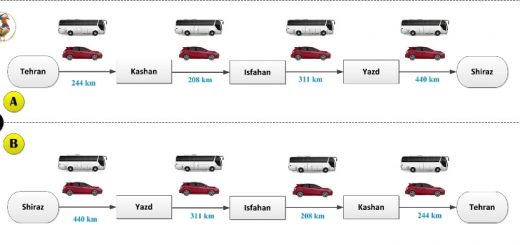When Not to Travel to Iran
by Admin · March 9, 2022
When Should You Not Travel to Iran?
You may be surprised why we want to encourage you not to travel to Iran at certain times in this article. So join us.
First, Iran is a four-season country with a lot of diversity, so it has a place to go and an attraction to visit at any time of the year. Suppose you have chosen a date to travel to Iran without obtaining information and only according to your calendar. Now, in Iran, you come across a special occasion where all the attractions are closed for two days. Now you figure out that with just a few shifts in travel time, you could enjoy your trip twice as much. What a pity! But what’s done is done.
Of course, some of the occasions that we refer to here as the worst times to travel to Iran may have benefits that some prefer to choose that time to travel to Iran! It is interesting! No? So keep reading this helpful blog about when not to travel to Iran. Also, in each section, we discuss the pros and cons of traveling to Iran on that specific occasion.
Also, before traveling to Iran, download the calendar of Iranian occasions and holidays from the following link.
Finally, if you have any questions do not hesitate to contact us. We will be happy to assist you in planning your Iran tour.
Do Not Travel to Iran during Nowruz (Persian New Year)
Nowruz is the ancient Iranian New Year, which coincides with the first of spring, March 21st. Although being in Iran during the Nowruz celebration tempts every tourist, you should consider the congestion during this period. The new year’s holiday and the pleasant spring weather in most Iran destinations make Nowruz the most popular travel time for Iranians. Accordingly, millions of Iranian and foreign tourists travel to Iran at this time, and the main attractions of cities such as Shiraz, Isfahan, Mashhad, and the Qeshm and Kish islands are exploding. Flights and trains become full a couple of months before Nowruz, and even bus tickets are difficult to find for some destinations. Hotels have a similar story and are booked months in advance.
Pros and Cons of Traveling to Iran during Nowruz
Pros:
- Nowruz is the most important Iranian festival that offers you an extraordinary Iran travel experience, mainly if you are in touch with the local people.
- During Nowruz (March 21st to April 1st), special entertainment activities are carried out in tourist areas of Iran, which are not performed during the rest of the year. Like festivals in Kish, cycling tours in some rural areas, etc.
- Tehran, the capital of Iran, is relatively less busy these days than at other times of the year.
Cons:
- Travel services such as hotels, tickets, etc., are more expensive during Nowruz than other times.
- Cities and attractions are very crowded.
- Hotels, flights, and trains are booked months in advance.
- There is a lot of traffic in urban areas and on roads leading to recreational areas.
Do Not Travel to Iran during Ramadan
Ramadan is the holy month for Muslims and one of the world’s most significant religious events in Muslim countries, including Iran. There are restrictions and protocols during this month that could be challenging for non-Muslim tourists.
During Ramadan, the Muslims eat something at sunrise, and they do not eat, drink, smoke, swim till sunset. Finally, they break their fast at sunset (Iftar), when they can eat, drink, etc., until sunrise. So, eating and drinking in public places is forbidden from dawn to sunset, even for those who are not fasting, including international tourists.
Hence, you’d better be aware of circumstances in Iran during Ramadan before you travel to Iran. However, despite this challenging situation, taking part in the Muslims’ largest religious festival with unique customs and ceremonies seems interesting. Also, during Ramadan in Iran, the tourist attractions are less crowded.
Pros and Cons of Traveling to Iran during Ramadan
Pros:
- Ramadan is considered the low season for traveling to Iran. So, the tourist attractions are less crowded during this month.
- You can book hotels and flights easily and at affordable prices.
- You will face less urban traffic during the day in Ramadan.
- You can enjoy the vibrant and bustling Ramadan nightlife in Iran.
- You can discover the other face of Iranian culture, customs, beliefs, and hospitality.
- You can take part in the Ramadan rituals, such as the Iftar feast, Nazri ceremony, Qadr night, etc. what you cannot experience in other destinations.
- In recent years, Ramadan falls in spring, the high season in Iran. So, you can enjoy visiting Iran in the high season with lower travel expenses.
Cons:
- You are not allowed to eat, drink or smoke in public places during the daytime.
- Most of the restaurants and cafes are closed until sunset.
- The restaurants’ menus (for breakfast and lunch) are not as varied as on regular days.
- During fasting hours, food or drinks are not served on the plane, train, or bus.
Do Not Travel to Iran on These Six Dates
When we talk about when not to travel to Iran, we must consider the days when the tourist attractions are closed, which could be a big deal for a tourist. Imagine you plan a 2-day visit to Shiraz in your Iran tour, but when you arrive, you encounter the closed gates of all tourist attractions. That is a real shame!
So, we highly recommend you have information about these occasions before planning your Iran trip.
There are six annual national holidays in the Iranian calendar when all Iran tourist attractions are closed. These days are as per below:
1- Tasua (The 9th of Muharram in the Arabic calendar)
2- Ashura (Martyrdom of Imam Hosein, The 10th of Muharram in the Arabic calendar)
Notably, Tasua and Ashura are two Islamic festivals that commemorate the murder of Imam Hussain, the Prophet Mohammad’s grandson, at Karbala, Iraq.
Iranians observe different ceremonies and rituals on these consecutive days. Thousands of Iranians take part in a march in honor of Imam Hussein. Apart from that, the wealthier residents donate food called “Nazri” to the poor.
The critical issue is that the Iran attractions and points of interest are closed during these two days. Despite this, many tourists travel to Iran during Muharram to attend one of Iran’s most impressive festivals.
3- Martyrdom of Imam Ali (21st of Ramadan in the Arabic calendar)
On this day, the Muslims participate in religious ceremonies to respect Imam Ali, the first Imam of the Shiites.
The 21st of Ramadan is also Qadr Night. Based on Muslim belief, the Holy Quran was sent to Muhammad on Ramadan 19, 21, or 23. Muslims try to stay awake for praying and doing rituals on these three nights. Accordingly, after Iftar, people gather in mosques, shrines, parks, universities, and their homes. They pray together until dawn while putting Qurans on their heads.
Notably, on the days following the Qadr nights, working hours begin at about 9:00 A.M., so you should avoid scheduling for early mornings.
4- Demise of Imam Khomeini (3rd or 4th June)
Imam Khomeini was the founder of the Islamic Republic of Iran and the country’s leader from 1979 until 1989. His death day is a public holiday in honor of his memory.
5- Martyrdom of Imam Sadegh (25th of Shaval in the Arabic calendar)
Imam Sadegh is the sixth Imam of Shitte or spiritual successor to the Prophet Muhammad, whose martyrdom day is a public holiday in Iran.
6- Demise of Prophet Mohammad (28th of Safar in the Arabic calendar)
You can attend rituals such as cooking and eating Nazri on this day.
Pros and Cons of Traveling to Iran during These Special Occasions
Pros:
- During these six days, you can participate in unique rituals such as marching, eating Nazri, watching Ta’zieh (a UNESCO cultural heritage), Nakhl Gardani in Muharram, Qadr Night, etc. These are exceptional Iran travel experiences that you won’t find in most other destinations.
- You can plan your Iran trip so that you spend these days on the road, going to a remote attraction, or camping in the desert to make the most of your time. For example, you can plan your trip to be on the road on Tasua; reach Yazd in Ashura, and participate in Nakhl Gardani, an incredible Ashura ritual held in Yazd.
Cons:
- All Iranian tourist attractions are closed these days. Obviously, missing a day or two of a short trip to Iran does not seem a good idea.
- Shops and administrative offices are closed during these Persian Holidays. However, supermarkets and restaurants are open as usual.
Do Not Travel to Iran during Arbaeen
Arbaeen is the 40th day after Ashura (the day of Imam Hossein’s murder, the grandson of Prophet Mohammad).
In the Arabic calendar (Muslim calendar), it is one of the most important ceremonies. Shia Muslims hold a ceremony called Arbaeen pilgrimage or Arbaeen walk on this day every year. Accordingly, millions of Shia Muslims from all Islamic countries, including Iran, attend this annual gathering in Karbala, Iraq. Pilgrims walk most of this path from their cities and countries to the Tomb of Imam Hussein in Karbala.
Many Iran tourist attractions are closed on Arbaeen day.
Besides, since it is a significant event in Iran, domestic flights, trains, and buses become fully booked from some days before and after Arbaeen. Furthermore, the ticket prices are higher on these days.
Pros and Cons of Traveling to Iran during Arbaeen
Pros:
- On Arbaeen Day, you can participate in rituals such as marching, eating Nazri in the streets, etc. that are exceptional travel experiences.
- You can plan your Iran trip so that you would spend this day at a remote attraction or camping in the desert. So, the Arbaeen Day on your Iran itinerary would not be a big deal.
Cons:
- As thousands of Iranian Pilgrims travel to Iraq to partake in Arbaeen, it is hard to book domestic flights, trains, are buses, as they become fully booked very soon.
- The transportation costs are higher based on the high demand.
- Some of Iran’s tourist attractions are closed on Arbaeen Day.
Worst Places to Visit in Iran in Low Seasons
This blog is not only about when not to travel to Iran, but it says that you should choose wisely between different Iran destinations in each season. Iran is a four-season country, so you will experience various climates in different parts of the country during a specific season.
In Iran, there are two main low seasons: summer, when the weather is unbearably hot in most parts, and winter, when the weather is cold and dry.
Here we explain how traveling to Iran is during summer and winter and why it is better not to travel to Iran during these seasons.
Pros and Cons of Travel to Iran in Low Seasons
Pros:
- One of the best ways to cut Iran travel cost is to visit this country in the low season. If you travel to Iran during this time, you can enjoy discounted accommodation and transportation, free upgrades, good offers, and more affordable tours than in the high season.
- Most tourist attractions are not crowded during the low season in Iran. So, you do not need to wait in long lines to enter the sights and you will enjoy visiting them with tranquility.
- You can find empty rooms in the hotels, and there are many flights, trains, and buses available on your desired dates.
- For second-time travelers to Iran, summer is the best season to visit the north and northwest of Iran, and winter for the southern islands and coasts.
Cons:
- If you travel to Iran during the low season, you may miss some tours and activities only offered in the high season.
- The harsh weather of winter and summer might bother you during your Iran tour in the low seasons.
- Traveling to Iran in the low season is more challenging with children and seniors.
- You may need to stay in the hotel to avoid the mid-day heat in summer.
- Generally, transportation to the smaller cities and villages is not that abundant like in the high season
Worst Places to Visit in Iran in Summer
As the central part of Iran is dramatically hot during summer, it is better to avoid visiting these spots during this season.
Most parts of Iran, including Tehran, Shiraz, Isfahan, Yazd, Kerman, and the deserts, are hot during summer, particularly July. So, we recommend not traveling to Iran, particularly if it is your first trip to Iran. However, it is not like that there is no place to visit in Iran during summer.
If you want to travel to Iran in the summer, there are essential points that if you observe, you can have a memorable trip to Iran, even in summer. These points are as per below.
- Travel to northern and northwestern Iran mountainous regions, such as Uramant, with a mild climate in summer.
- Postpone visiting the deserts to your next trip. But if you travel to these spots, enjoy the beauty of the desert at night.
- Avoid long road trips during the day in central Iran; Take night buses, trains, or travel by plane.
- Do not travel to the southern coasts of Iran during summer.
- Plan your visits to indoor attractions, such as markets and museums, in the mid-day, and see the open areas early in the morning or around sunset.
- Around the big cities of Iran, such as Tehran, Shiraz, Isfahan, and even Yazd, there are mountainous areas that have mild weather in summer. These areas include countrysides or villages that are very interesting to visit.
Worst Places to Visit in Iran in Winter
You might think that a country where most of its regions have hot summers experiences mild winters, but this is not true. Central areas of Iran and the deserts have cold and dry winters. The heights of the north and northwest of Iran are also freezing in winter, and in some areas, snowfall and freeze make roads challenging to cross. However, in winter, you can enjoy your trip to Iran if you consider the following points.
- Iran is a paradise for skiers in winter. The ski resorts around Tehran, Isfahan, and Shiraz are significant areas to enjoy skiing in winter.
- Do not travel to desert areas, but if you travel, do not spend the night in the desert.
- If you plan to go to the highlands, be sure to check the weather before leaving, and do not go on this trip without a local leader.
- The islands of Kish and Qeshm and the southern coasts of Iran have a temperate climate in winter.
Like this article?
Subscribe To Our Newsletter
Get updated articles about Iran trip

